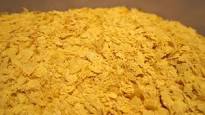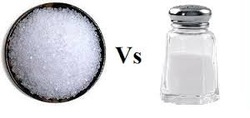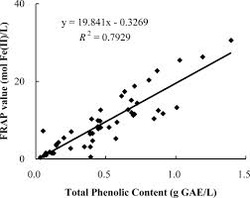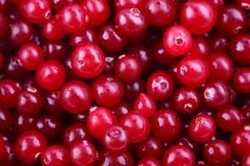Here’s a trick that will help you get in at least some exercise, even on those days when you don’t see how to fit it in. How often to you find that you have 10- 15- or 20-minute gaps between things when you are just sitting around waiting. Here’s what you do: either wear or keep with you a pair of running shoes or other exercise shoes. When you find yourself with one of those time gaps, get into those shoes and go out for a walk.
If you’re feeling energetic and/or want a higher level of activity, add in a little running. You can elevate your heart rate even more by either jogging or by running a few intervals and walking the rest of the time. And if you have a dog, grab your dog and the leash and exercise with your dog. It will be fun for both of you!
Worried about getting too sweaty since you’re probably not dressed for a workout? Just walk. Walking is great and you stand to gain many benefits from walking. And best of all, you won’t have to feel bad about missing your exercise.







 RSS Feed
RSS Feed